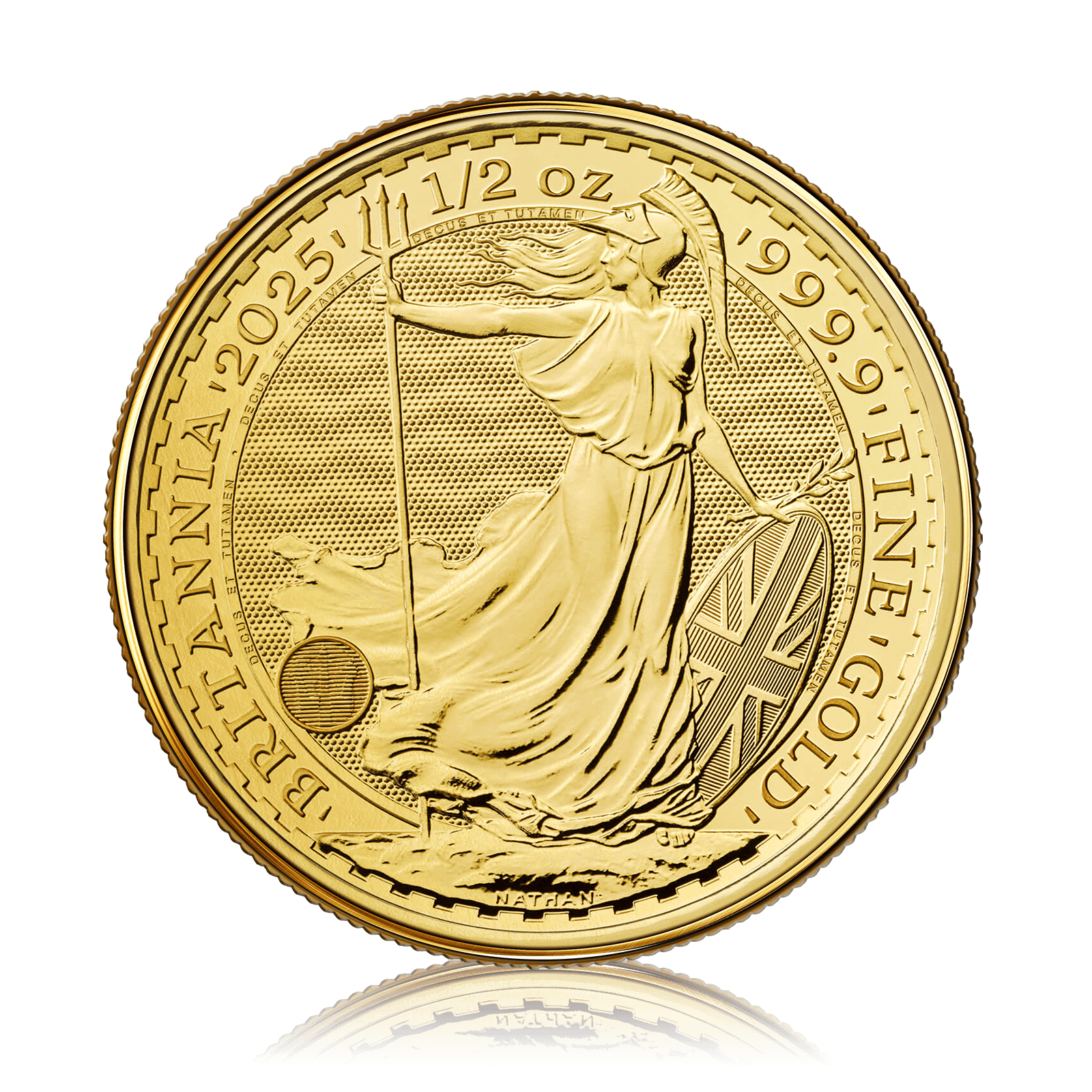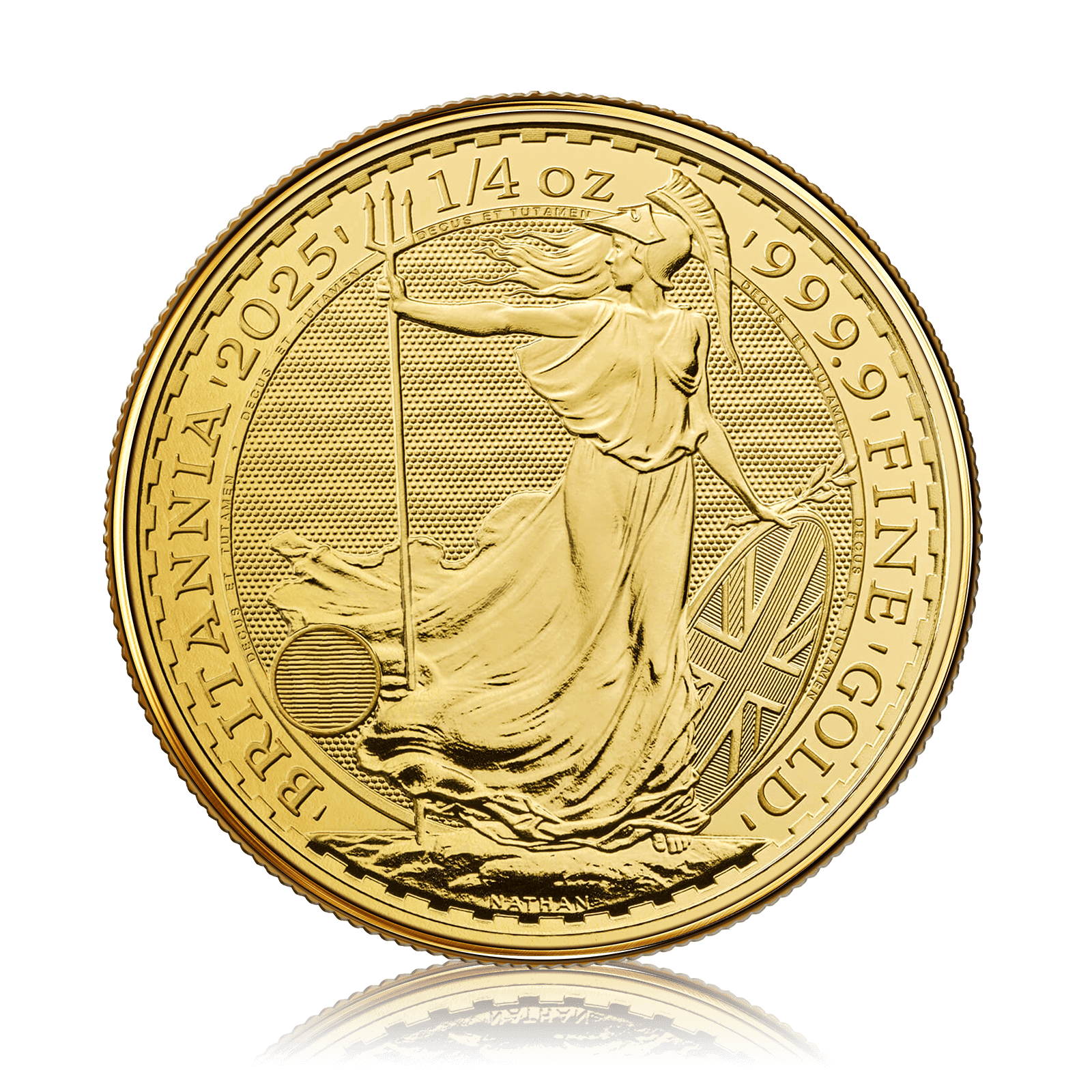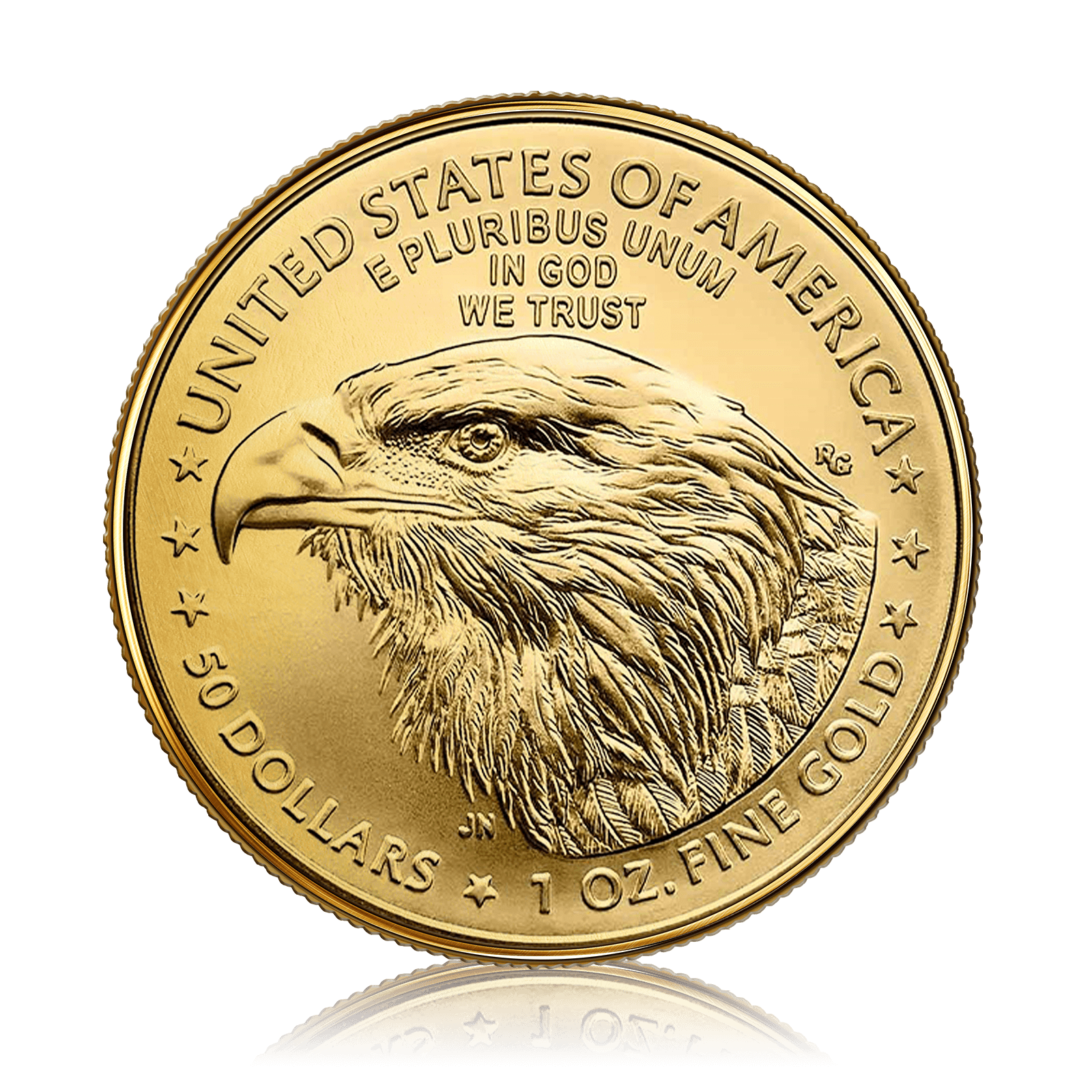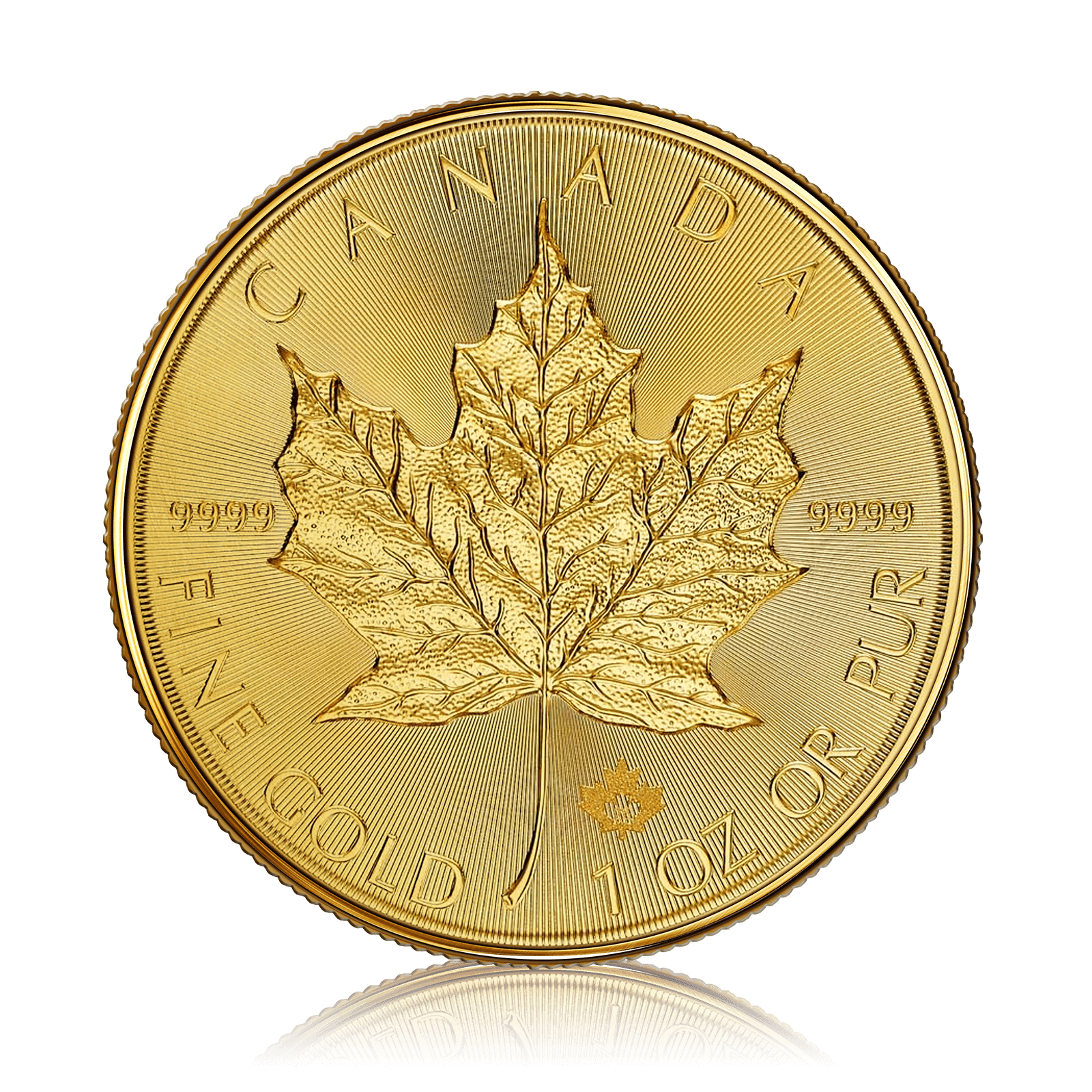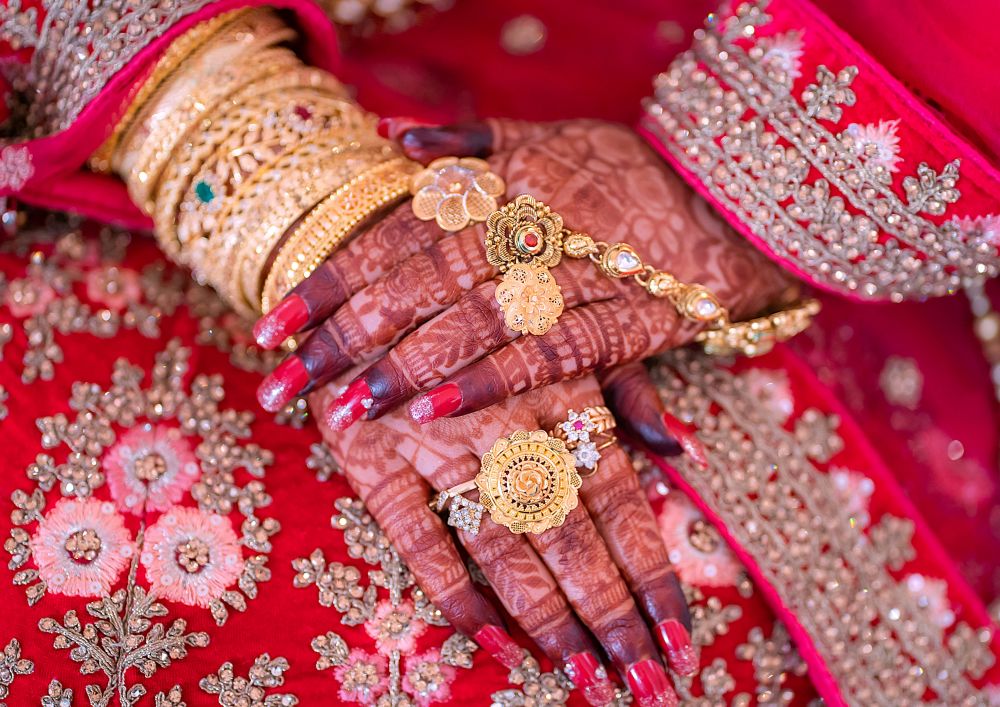A guide for beginner investors
If you’re exploring the world of gold or other precious physical assets, you’ll soon come across the word carat. It’s one of those terms people often say with confidence, but if you’re new to investing in physical assets, it can be a bit unclear what it means.
Is it about weight? Purity? Value?
Historically carob seeds were used as a standard for weighing gems before the days of scales, which is where the term ‘carat’ is thought to originate from. The seeds were thought to be incredibly uniform in weight. (We know now however, that they’re not. Back in the day, there must have been a fair few traders blissfully unaware they’d been shortchanged.)
Carats in diamonds
When it comes to diamonds and other gemstones, carat refers to weight, not size or quality.
1 carat = 0.2 grams. That’s less than the weight of a paperclip; tiny, but potentially very valuable.
A bigger carat weight often means a higher price, but it’s not the only factor. A 1-carat diamond with poor clarity or a dull cut (that’s one which has been cut with incorrect proportions, symmetry, or polish) can be worth much less than a smaller one that has a perfect sparkle.
It’s worth remembering the other three “Cs” which affect a diamond’s value: cut, clarity and colour. So with diamonds you need to be aware that carat is only one part which defines its value.
Carats in gold
In gold, carat means something completely different! It measures purity, not weight. Pure gold is 24 carat, but it’s also soft and not very practical for everyday jewellery or coins. As you can see in the video, the jeweller is able to bend the gold rods by hand.
It’s also why you see athletes biting their medals; although it’s purely symbolic now, back in the day they did this to confirm that their winning was in fact made of pure gold! If it was, then there would be teeth marks. The last time Olympic gold medals were made entirely of gold was 1912. Nowadays they’re made of silver and plated in gold.

Here’s how the percentage of gold stacks up against caratage:
- 24 carat = 100% gold
- 22 carat = 91.6% gold
- 18 carat = 75% gold
- 9 carat = 37.5% gold
Lower carat gold is often used in jewellery because it holds up better to daily wear and it’s usually more affordable too. 9 carat is the most popular purity for jewellery in the UK based on its price point and durability. This trend is also being reinforced by rising gold prices.
That being said, there are preferences among different groups. Many in South Asian, Middle Eastern and East African communities prefer 22 carat or even 24 carat which is usually down to for cultural and investment reasons.
If you’ve been researching carat, you may have noticed that there are two different spellings; in the US they spell it karat, but both mean the same thing.
Why carat matters to investors
Understanding carat is important if you’re looking to invest in physical assets. It helps you:
- Understand what you’re buying
- Compare value more accurately
- Spot red flags or inflated pricing
- Ask better questions when speaking to sellers
We strongly recommend cluing up on certification if you’re considering investing in gold or gems. In the UK, real gold will carry an official hallmark (essentially a stamp on the gold itself) to confirm its carat and where it’s from. Diamonds are slightly different; they usually have certificates to verify the stone’s qualities.
As one of the UK’s leading gold buyers, we offer some of the best prices nationwide. Although you can pop into one of our shops, we also have a secure, convenient service where we collect the gold from you. Find out how you can sell your gold here.









